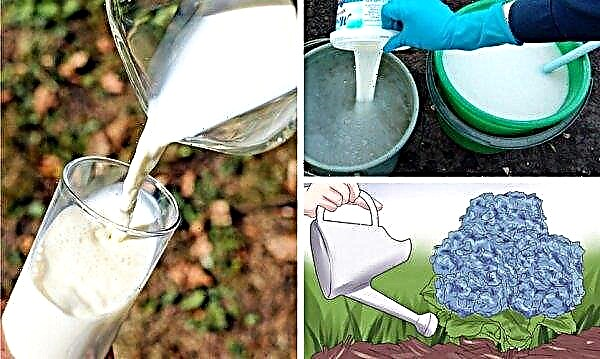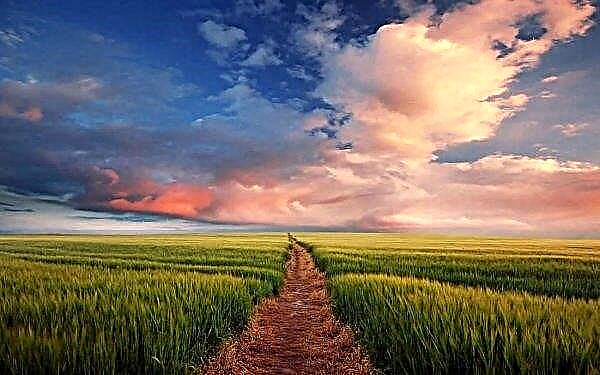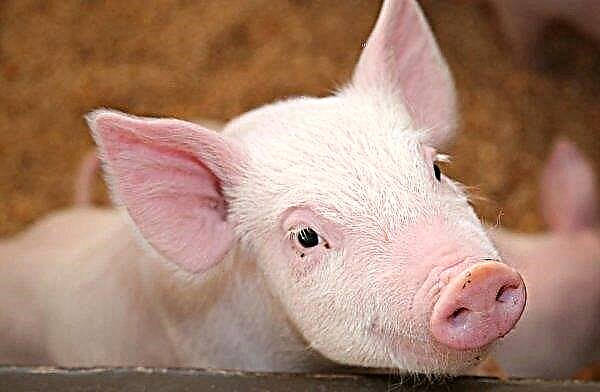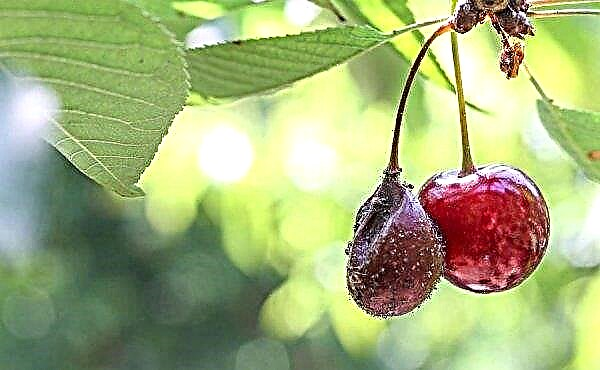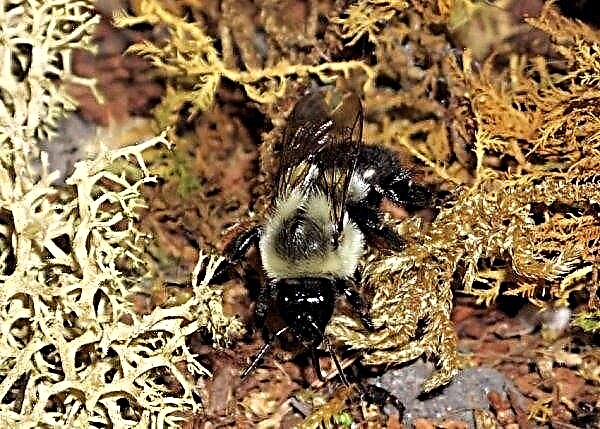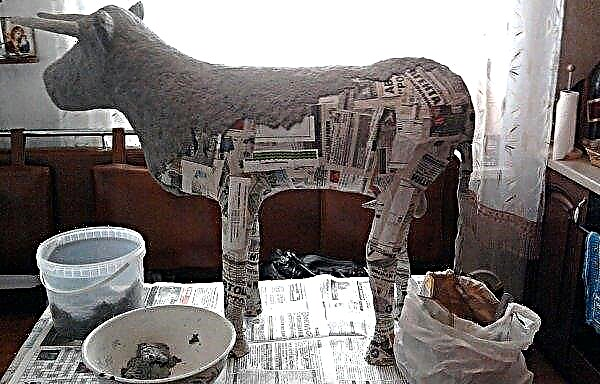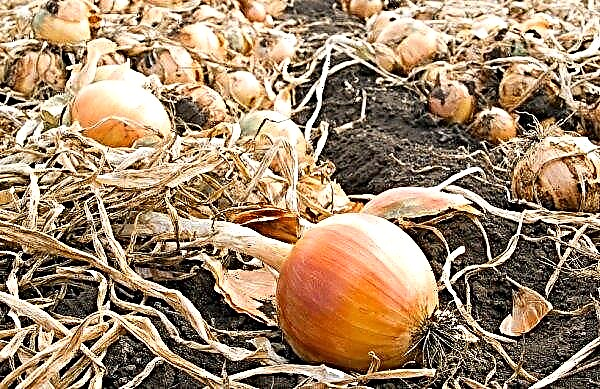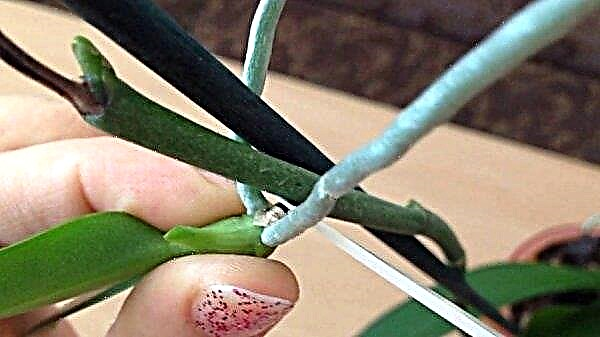Many people love dishes with mushrooms, and also enjoy their independent collection in the forest. However, not everyone knows how to distinguish edible species from poisonous ones. The article details the breasts. Their characteristics are described, inedible species are listed. The existence of similar fungi is also indicated. It is important for beginners and experienced mushroom pickers to know about the symptoms of poisoning by forest products and to be able to provide first aid when signs of intoxication appear.
General characteristics of loaders
Gruzdi - representatives of the family russula. Such names of mushrooms are known: white, wet, right and raw. Mushrooms acquired their name because they do not grow alone (a lump means "a heap"). Germination places are deciduous and mixed forests. The appearance time is from July to September. The breasts form mycorrhiza - a symbiosis of the mycelium and tree roots - with birches.
 Mushrooms belong to conditionally edible mushrooms.
Mushrooms belong to conditionally edible mushrooms.
Main characteristics:
- Hat from 5 to 20 cm. Its structure is dense. First, the mushroom is flat-convex, over time, the edges of the upper part are turned inward, the hat takes the form of a funnel. The mucous skin color is creamy white or yellowish, has circular stripes. Brown spots may be present.
- The pulp is strong, dense. White colour. The aroma is reminiscent of fruit. Juice at break changes from white to yellow. Many wide plates. Spore powder is yellow.
- Leg. Its size is from 3 to 7 cm and is very thick. It is either white and smooth, or hollow and yellow, the latter characteristic of old mushrooms.
Did you know? It is scientifically proven that mushrooms existed on the planet long before the advent of the dinosaurs.
Inedible Mushrooms
Distinguishing between edible and false breasts is important. Knowing the information about the characteristics of dangerous mushrooms will protect against adverse effects. However, even the species listed below cannot be clearly defined as poisonous. But they should be able to distinguish from the rest.
Bitter
Bitter, or bitter, occurs mostly in the northern forest zones in large groups, loves moisture. He looks like a white breast. Recognizing the mustard is easy.

Features:
- hat, typical of bruises, with a tubercle in the center up to 8 cm in diameter, it is silky and dry, brick in color;
- the plates are pale - reddish yellowish, can be descending or overgrown, have a white coating from spores;
- the leg is solid from the bottom; in an adult mushroom, it is hollow, of an even cylindrical shape, has a length of up to 8 cm, with a white base, light brick;
- the pulp does not have a strong odor, it has a dense structure, and the color is from white to red-brown;
- milky juice is caustic, bitter, it is white.
Creaky
Double white load. Soft white funnel-shaped hats. High legs are characteristic. Milk juice stands out abundantly, reddish-brown in color after drying. If you hold a knife along the edge of the hat, you will hear a characteristic creak, which is why the mushroom is called.

Pepper
The description of this inedible representative of Syroezhkov corresponds to that of the violinist.
Important! Mushrooms can cause botulism. To avoid this disease, carefully treat and rinse them. Use only fresh for cooking.
The main differences from a pile of white:
- milky juice stains bluish or olive;
- the taste of pepper corresponds to the name.

Camphor
Camphor camphor, or papillary lump, has a characteristic odor. With age, the aroma gradually weakens and changes. In an adult, it resembles a ripe coconut. Camphor lactation causes poisoning.
Pay attention to its distinguishing features:
- The cap is flattened in the center and flat, brown in color, and its plates are cream-yellow.
- The cut of the leg is red; it is the pulp that has the smell characteristic of the fungus.
- The place of cut quickly darkens, but the juice does not change color.
- If you press on the hat, a golden brown spot will appear.
 No need to collect such mushrooms. They are toxic, although they are conditionally edible.
No need to collect such mushrooms. They are toxic, although they are conditionally edible.
Mushroom-like mushrooms
Often, mushrooms are similar to each other, and even experienced foresters may not know all the differences. Check out a few views that are easy to confuse with breasts. Consider the features of the descriptions and be careful when collecting in the forests.
Ryadovka spruce
The fungus prefers moist coniferous forests; it begins to appear from late August to early September. Ryadovka has a very unpleasant smell and taste. Young representatives of the species are similar to greenfinch. However, they are brown in color.
Hat with a tubercle, its structure is fleshy. The hollow leg, which is not hidden under the hat, is clearly visible. Favorite place of rowing is mossy ground. The plates are pale, like the leg. Adult mushrooms crack.

Miller
Lamellar representative of the family Russula. It grows in forests and glades. It is also called smoothies. The Miller is almost a double. Some species seem almost the same.
Important! The gray-pink milkman is deadly. It is easy to identify by its noticeable ocher-red color.
Characteristic signs of a lactic:
- The hat reaches 15 cm in diameter. Its shape is funnel-shaped. The color changes from brown to almost lilac or purple. The surface is mucous, smooth. The flesh is thick yellowish. White milky juice in the air turns slightly green.
- The plates are frequent, pale cream in color. In adult fungi, juice flows out, yellow spots appear.
- Spore powder is light yellow.
- The hollow leg can grow up to 15 cm or remain low, the color is lighter than the hat.

White top
Belyanka loves the edges of birch forests or coniferous-birch terrain. From early October to late August, this species appears on the surface of the soil in large groups. The mushroom cap is from 4 to 8 cm. Its shape changes from convex to funnel-shaped. The skin is densely pubescent, white, with a dark center. Frequent and narrow plates are white.
Leg is low, up to 2 cm wide. In shape - a cylinder tapering to the base. The surface is slightly or completely smooth. The leg has a cavity inside. The flesh is white, rather fragile, and its smell is weak. There is a lot of milky white juice, it is very caustic, its hue remains unchanged at the cut.

Toadstool
You are probably familiar with the stories of the pale grebe. They even met her in the forest. Saw her greenish tint. But sometimes this mushroom is almost white. On the surface of the hats of the young representatives there are warty growths that easily disappear. The leg can be with or without scales.
Did you know? Even today, pale grebe is used as a medicine, but only in homeopathy in the smallest doses. In the Middle Ages, with the help of this fungus, they fought cholera.
The color is white, yellow or greenish. The pleasant smell of young toadstools changes over time to a sweet-sugary. In general, this poisonous mushroom is distinguished by a thicker base of the leg and the presence of a seal on it near the cap.

Pig
Species thin squirrel refers to deadly poisonous. The hat of such a forest representative of the Svinushkovs is rather flat than a funnel, slightly depressed, gray-brown in color. There are scars on the wavy edges. The pulp is first dense, then loose. At the cut, it darkens.
Often the worm is a worm. The spore layer is located in pseudoplates, which are slightly lighter than the caps. The short leg is also paler than the brownish hue of the upper part of the mushroom.

Symptoms of poisoning and first aid
Usually, the first indicators of mushroom poisoning appear 1.5–2 hours after ingestion.
A person begins to feel:
- nausea and vomiting
- weakening of the pulse;
- temperature increase;
- inflammatory pain in the abdomen;
- limb cooling.
Further frequent diarrhea is noted. The pains do not disappear, they are very strong. The first necessary actions when signs of poisoning appear are as follows:
- Urgently call a doctor.
- Observe bed rest.
- Drink plenty of water or cool, strong tea.
- Take activated carbon.

Never forget that all mushrooms can only be harvested in ecologically clean areas. The collection of lumps and other gifts of the forest requires not only good theoretical knowledge (description, taking into account the main differences and the presence of pronounced signs), but also experience. Useful substances and vitamins, the original forest taste and aroma are the positive and important characteristics of mushrooms. But there are also dangerous moments: toxicity and improper handling.

